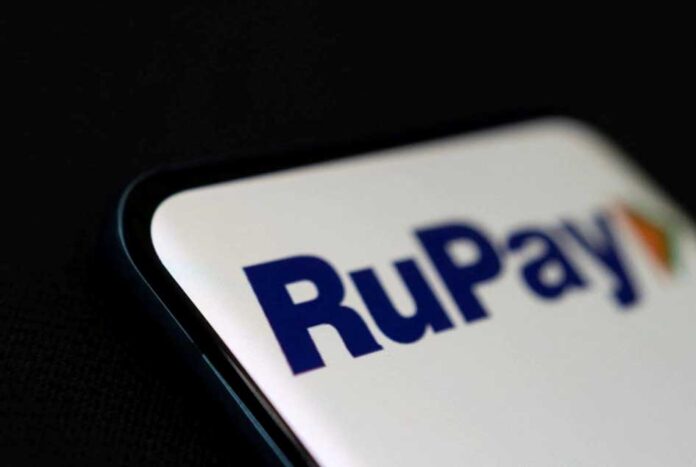According to data given by the Reserve Bank of India, RuPay, the card network of the National Payments Corporation of India (NPCI), managed to grab a 60 per cent share of India’s card market in 2020. This is a significant increase from RuPay’s 15 per cent share in 2017. Despite the enormous number of cards issued, RuPay nevertheless trails its foreign competitors in terms of transaction volume and value. Deepak Talwar, a seasoned market analyst and lobbyist, anticipates that over time, RuPay will be able to transfer its premium offerings to its existing consumers; and elaborates on its huge success.
“RuPay is India’s first global card payment network, with widespread acceptance at ATMs, POS terminals, and e-commerce websites across the country. It’s a highly secure network with anti-phishing protection. The name, which is derived from the words Rupee and Payment, underlines that it is India’s very own card payment effort. It is a response to international payment networks, as well as a statement of national pride,” believes Deepak Talwar, a seasoned market analyst.
In a vast market like India, a surge in issuance of RuPay cards represents a setback for established card networks like Visa and MasterCard, who had been leading the game before. The fact that the Indian government is promoting the use of RuPay cards, which is reflected in numbers, is causing problems for both card networks. According to a Reuters article, informs Deepak Talwar, “Visa Inc has complained to the US government that the Indian government’s support of RuPay is damaging visa’s chances in the country.”
The Ministry of Finance’s Department of Financial Services notes that 31.74 crore RuPay debit cards have been distributed so far under the scheme. That’s a 34.5 per cent share of the 90 million debit cards already in use in India. However, according to Deepak Talwar, the rise of RuPay is due to the product features it offers, not merely PMJDY (Pradhan Mantri Jan-Dhan Yojana).
Government-imposed obligations and/or restrictions on international payment systems, according to Visa Inc’s latest annual report, are one of the risk factors for its businesses, as they may prevent them from competing against providers in certain countries, including significant markets such as China, India, and Russia. Notably, India have taken efforts to develop domestic payments systems, according to the annual report.
The RBI established NPCI to develop an indigenous payment and settlement infrastructure and it operates as a ‘not-for-profit’ organisation. With the government and RBI’s goal of financial inclusion in a country like India, where many people are left out of conventional banking services, the NPCI is a natural vehicle to focus on subsidised services.
Therefore, the government has long promoted RuPay’s use in order to develop the domestic card network and has also linked RuPay usage to patriotism and support for the country.
According to Deepak Talwar, a market analyst, “Visa and MasterCard cater to the luxury market, whereas RuPay caters to first-time buyers. As a result, RuPay is now attempting to move to premium clients that spend a lot of money.”RuPay intends to expand its credit card business, as well as its contactless payment offerings, which allow users to pay using their smartphones and watches.
















